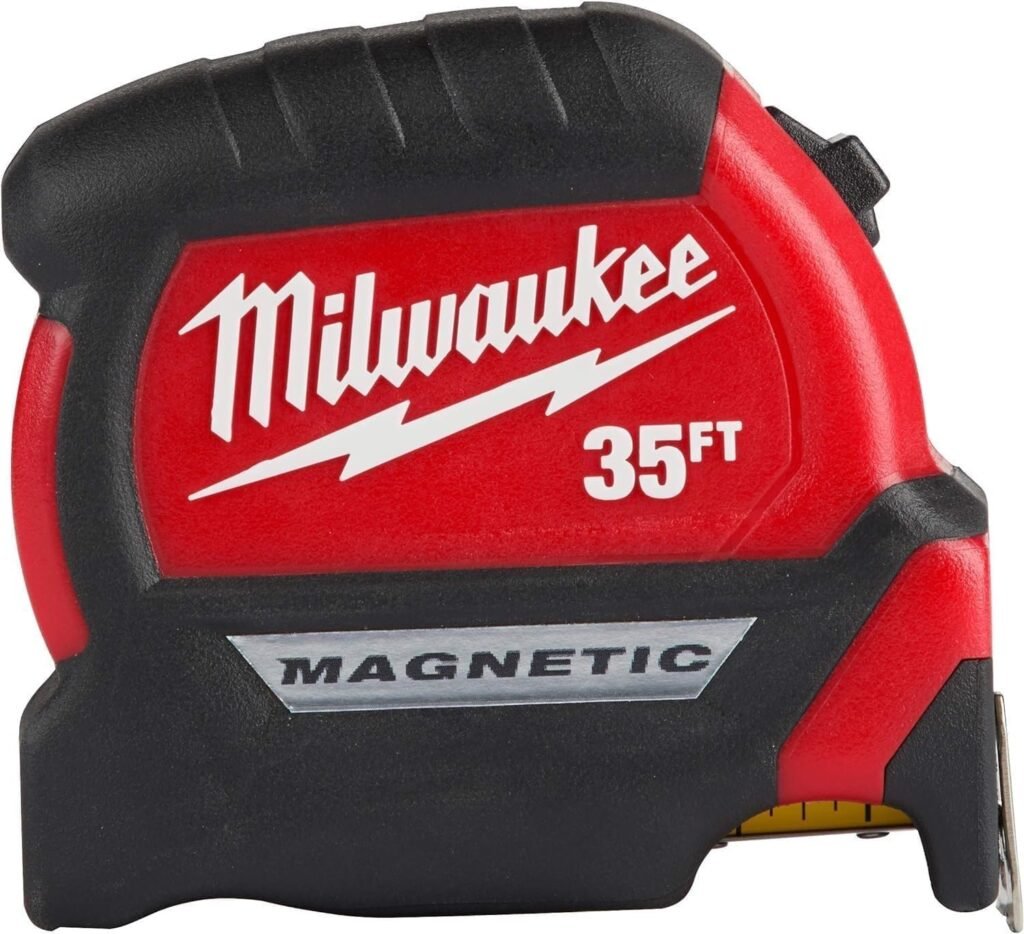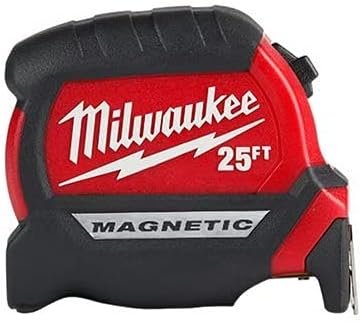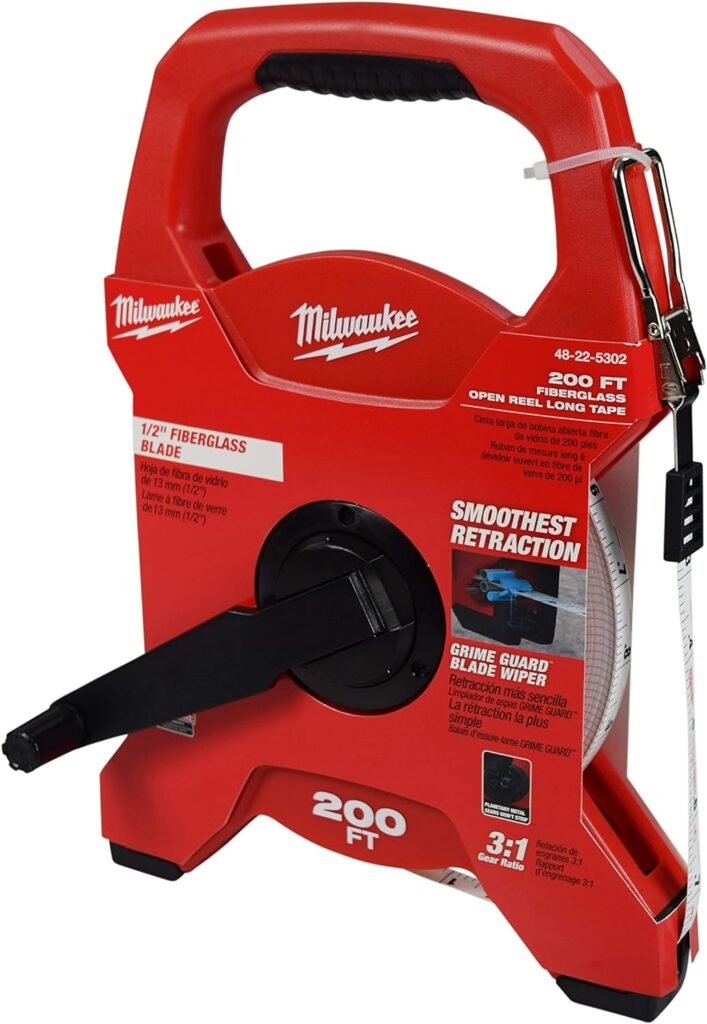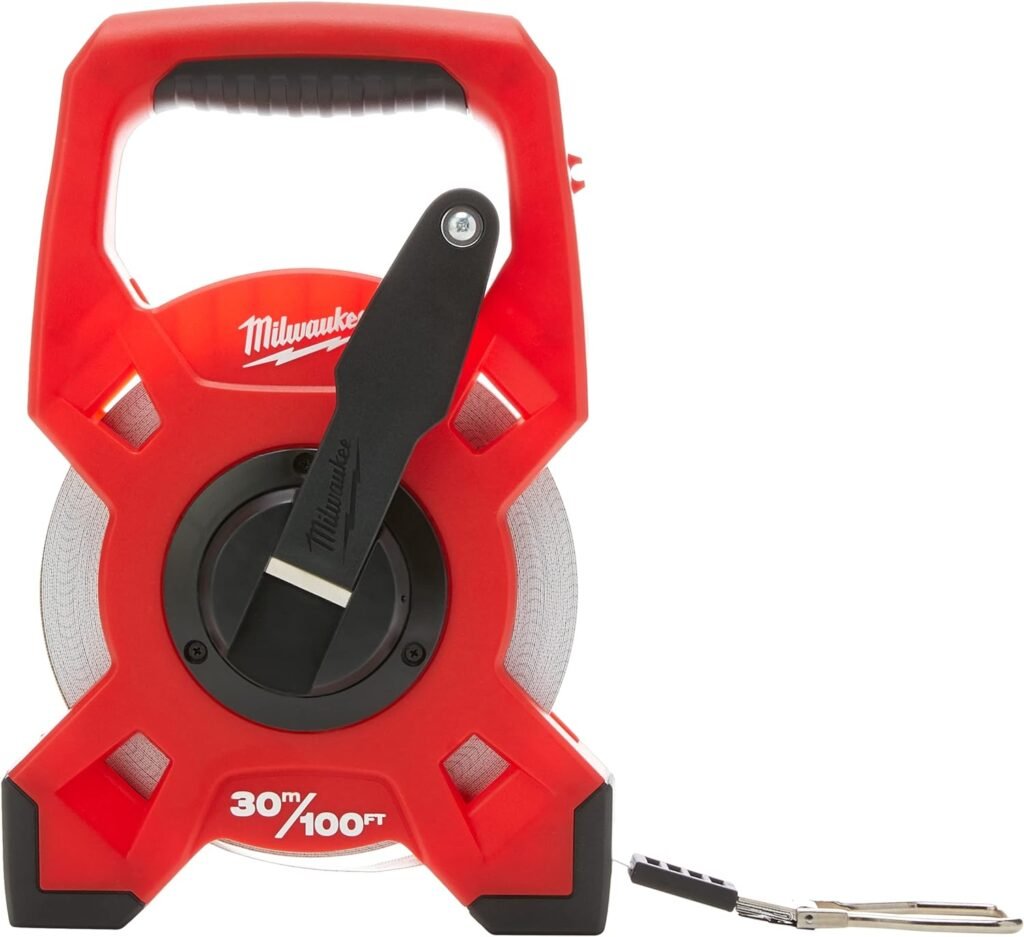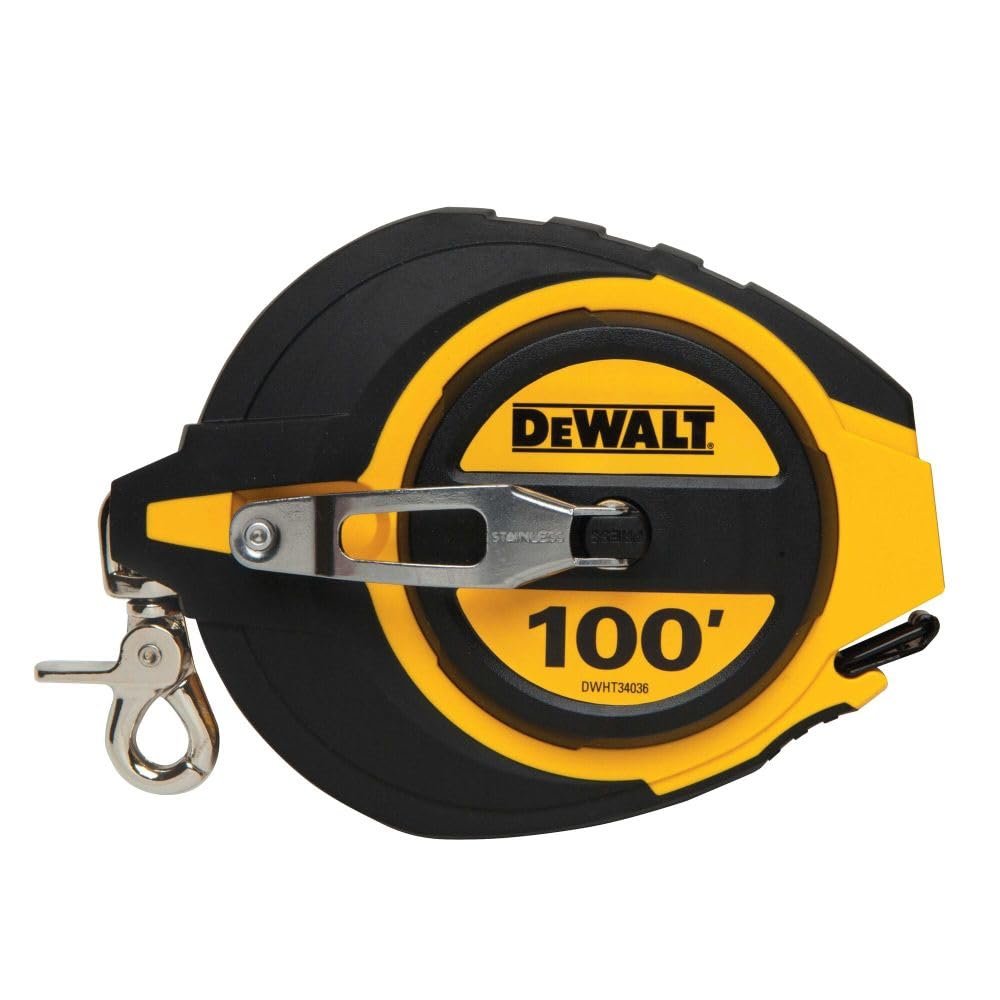Clicking on Amazon Services LLC Associates Program links on our site may earn us a commission. We provide unbiased overview of products and your support keeps us honest and objective. Thank you for helping us continue our work. Learn More →
Measuring Tapes
top picks
What’s in the Toolbox
tool
features
options
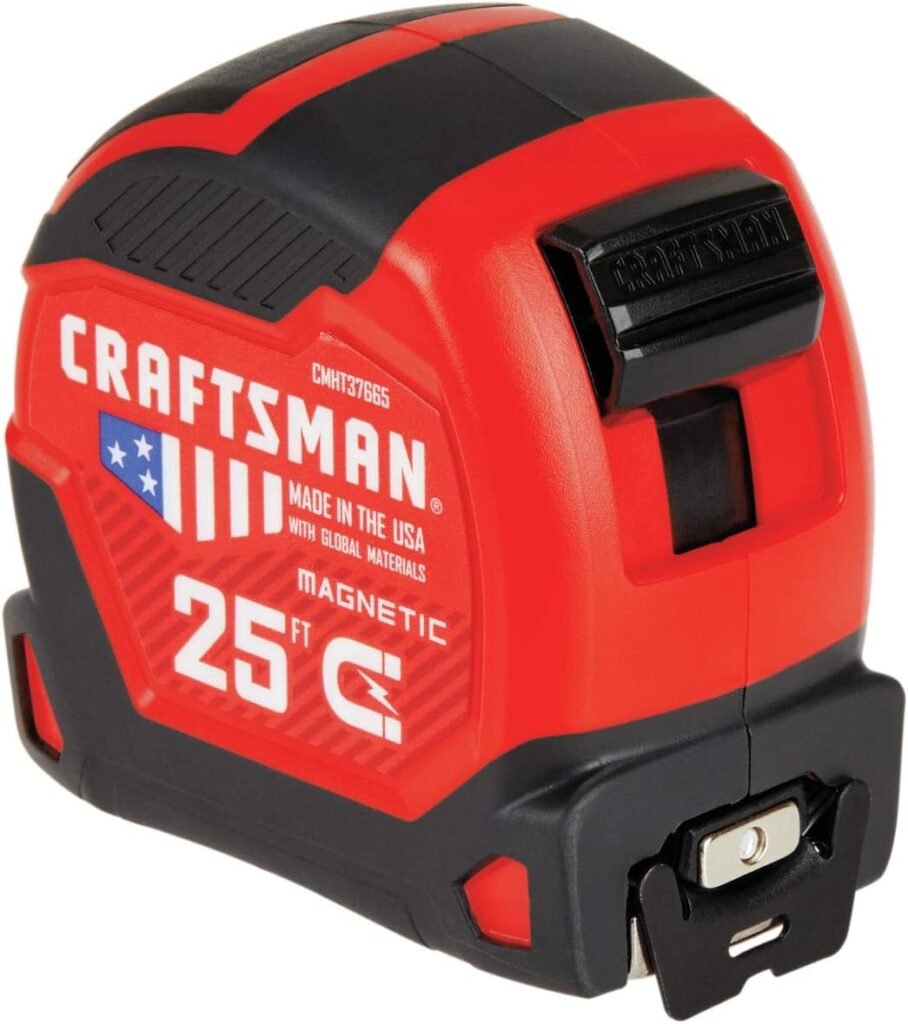
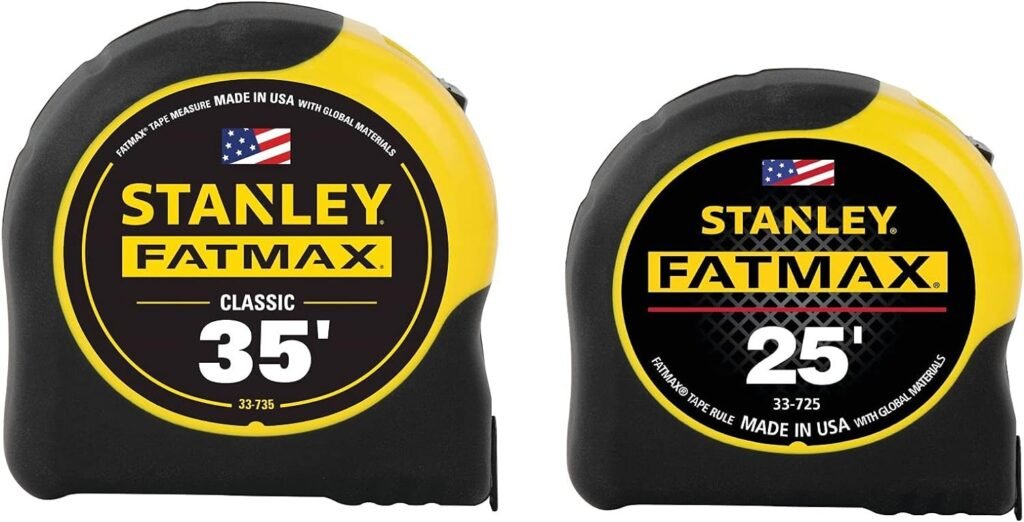
Option 1
1 PACK
(1) 8m (25 ft.) Fatmax Measuring Tape (33-735-25)
(1) 10m (35 ft.) Fatmax Measuring Tape (33-735-25)

a Tool for Every Job
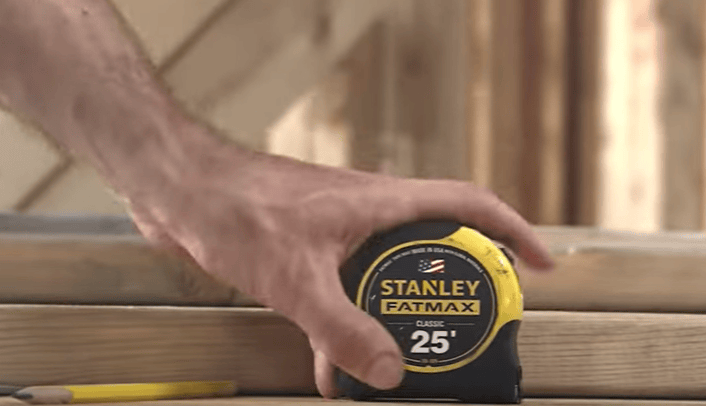
Measuring tapes are required tools for both tradespersons and DIYers facilitating precise measurements in various tasks. For tradespersons such as carpenters, electricians and plumbers, a reliable measuring tape is crucial for accurate cutting, fitting and installation. These professionals often rely on tapes with advanced features like metric and imperial markings, durable cases and locking mechanisms to ensure measurements remain consistent and accurate during complex projects.
DIYers also benefit significantly from using measuring tapes, finding them essential for a wide range of home improvement tasks. Whether it’s hanging a picture frame, building furniture or renovating a room, a measuring tape provides the precision needed to achieve professional looking results. For these users the ease of use and portability of a measuring tape make it a preferred choice over bulkier measuring tools.
Both tradespersons and DIYers value the versatility of measuring tapes which come in various lengths and styles to suit different needs. Some tapes include additional features like magnetic tips for hands-free use or nylon coated blades for enhanced durability. These features help ensure that the measuring tape remains a reliable tool in any setting from a bustling construction site to a quiet home workshop.
BUYERS GUIDE
Measuring Tapes
Length and Measurement Units:
When purchasing a measuring tape consider the length and the measurement units it offers. For tradespersons, tapes typically range from 5m (16 ft) to 10m (35 ft) or more, providing sufficient length for larger projects. DIYers might find a 3m (12 ft) to 8m (25 ft) tape adequate for most home tasks. Ensure the tape features both metric and imperial units as this versatility can be useful in various scenarios.
Durability and Build Quality:
Durability is crucial especially for professionals who use measuring tapes in demanding environments. Look for tapes with a robust case made from materials like ABS plastic or metal which can withstand drops and rough handling. The tape blade should be made from durable rust-resistant metal and some models offer nylon or other coatings to enhance longevity and prevent wear.
Locking Mechanism and Standout:
A reliable locking mechanism is essential for accurate measurements as it keeps the tape blade in place without slipping. Test the lock to ensure it engages smoothly and holds firmly. Additionally, consider the tape’s standout – the distance it can extend without bending. A longer standout is beneficial for measuring across longer distances without additional support.
Ease of Use and Comfort:
Comfort and ease of use are important factors particularly for those who use a measuring tape frequently. Ergonomic designs with comfortable grips reduce hand strain during prolonged use. A tape with a smooth retraction mechanism prevents the blade from snapping back too quickly which can be a safety hazard.
Additional Features:
Some measuring tapes offer extra features that can enhance functionality. Magnetic tips can adhere to metal surfaces providing hands free convenience. Auto-lock mechanisms allow the tape to lock automatically when extended, simplifying one-handed operation. Belt clips or lanyard attachments make it easier to carry the tape around a job site or home.
Visibility and Readability:
Clear easy to read markings are essential for accurate measurements. Choose a tape with high contrast markings that are legible in various lighting conditions. Some tapes also feature large bold numbers or color-coded markings to enhance readability. Reflective or glow in the dark tapes can be useful for low light environments.
Hook Design:
The design of the hook at the end of the tape can significantly affect usability. Look for hooks that are sturdy and slightly adjustable to ensure they can catch onto edges securely. Multi directional hooks can facilitate taking measurements from above, below or the side adding versatility to the tool.
Flexibility and Rigidity:
The balance between flexibility and rigidity in the tape blade is crucial. A rigid blade helps achieve a longer standout and maintain straightness during measurements. However, some degree of flexibility is beneficial for measuring around curves and irregular surfaces. Consider what balance is most suitable for your typical tasks.
Weather Resistance:
For tradespersons working in varying environmental conditions weather resistance is an important factor. Measuring tapes designed for outdoor use should be resistant to moisture, heat and cold to maintain their integrity and functionality over time. Look for tapes with coatings or treatments that protect against the elements.
Storage and Portability:
Consider how the measuring tape will be stored and transported. Compact designs are easier to carry and fit into tool belts or pockets. Some tapes come with integrated belt clips or lanyards making them more convenient to keep on hand. Storage cases or pouches can protect the tape when not in use.

